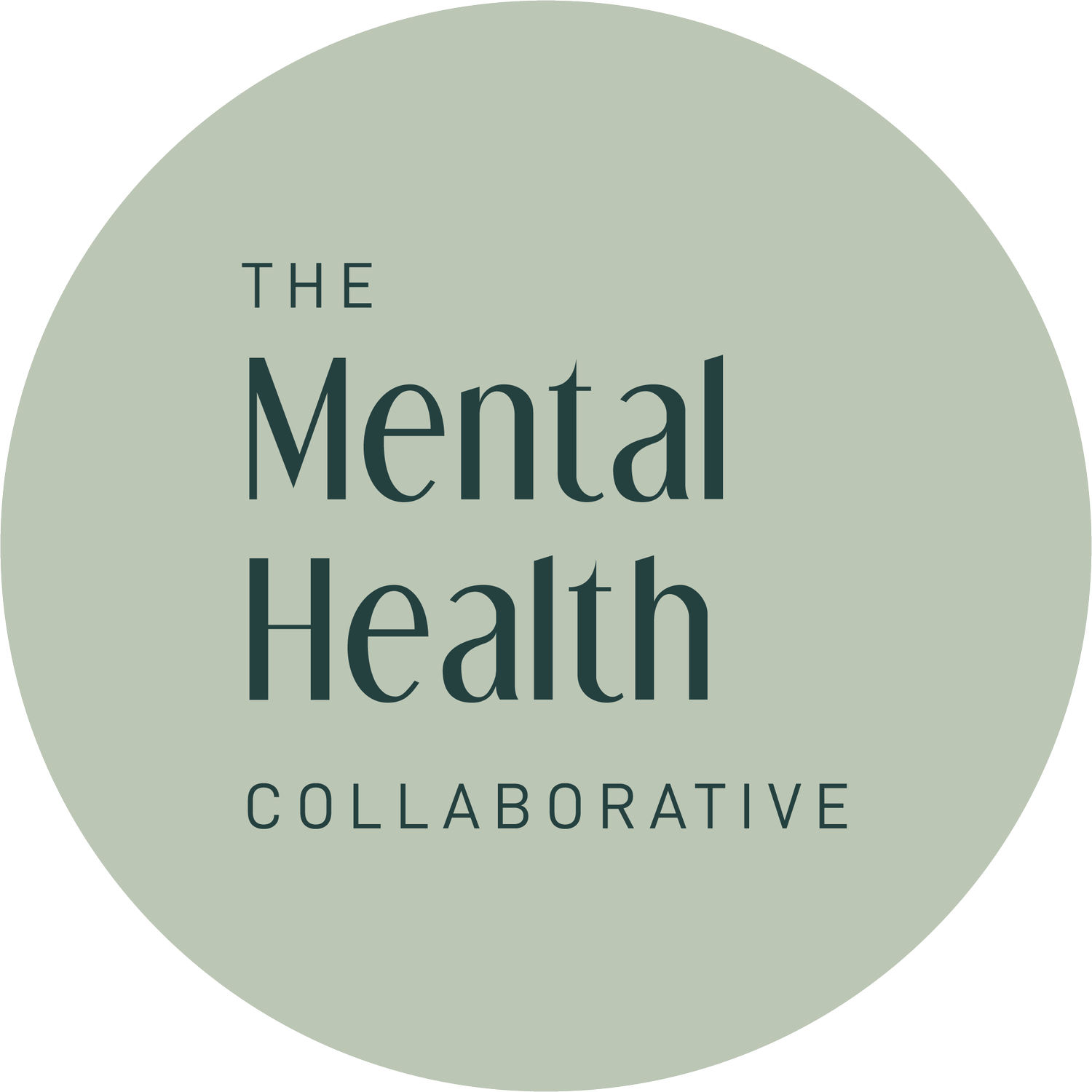Stress isn’t the problem
I’ve been revisiting the book Burnout: The Secret to Unlocking the Stress Cycle by Emily and Amelia Nagoski and now you all are too, because it’s all I’ve been wanting to talk about lately.
In the last blog post I wrote, we talked about completing the stress cycle through physical activity, creativity, and affection with your community. In this post, I want to highlight the fundamental thesis in Burnout: Stress isn’t the problem.
As a self-proclaimed problem solver, I have always assumed that if a problem is causing me stress, I should just solve the problem ASAP and move on with my life. However, more often than not, I would solve the problem, feel momentary relief, and then go back to flight-or-flight mode. The world felt like one problem after another to solve and move through. Yikes.
Remember in the last post we talked about stress being the physical reaction in our bodies to stressors? That means that completing the stress cycle cannot just be about problem solving stressors; that’s a cognitive strategy (which is important, but not fundamentally the key to not getting burned out).
So what’s the real problem if it’s not stress? The Nagoski sisters write “the problem is that the strategies that deal with stressors have almost no relationship to the strategies that deal with the physiological reactions our bodies have to those stressors” (p.27). Essentially, all the problem solving in the world does not tell our bodies that they are safe. Our body needs a physical reminder. This is why physical activity is the best strategy for managing the stress in our bodies. Physical activity, more than mental problem solving, tells our bodies that there is no threat and that the stress can be resolved.
Because we experiences stressors and stress every day, we need to do a physical activity every day to keep us from burning out. I’m committing to walking my dog, taking deep breaths, and hugging my loved ones this week to remind my body that it is safe. What about you?

